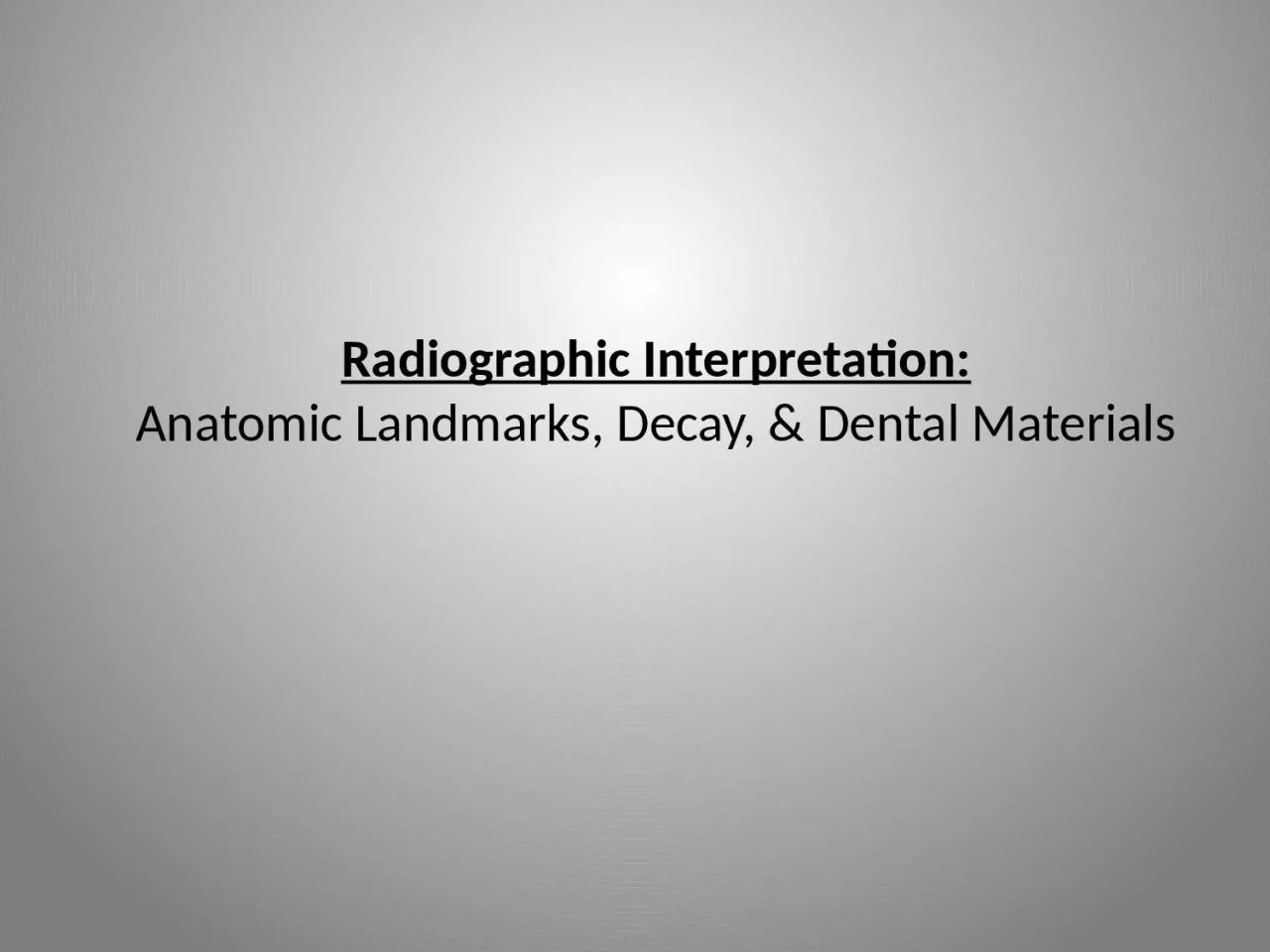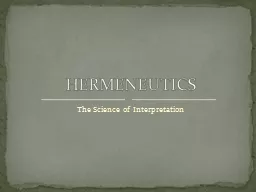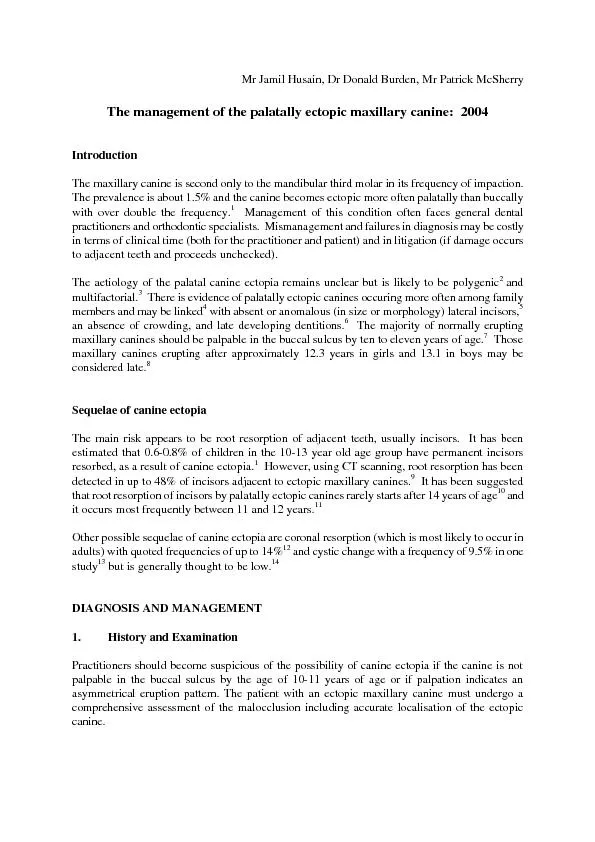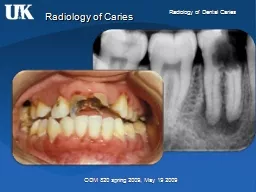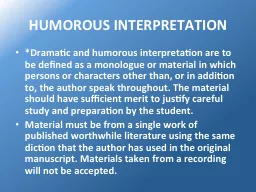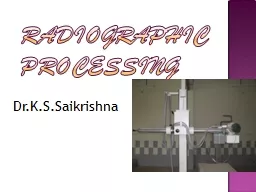PPT-Radiographic Interpretation:
Author : ani | Published Date : 2022-06-14
Anatomic Landmarks Decay amp Dental Materials Radiopaque refers to a light area on the film Structures that are absorbers of xrays block the xrays from reaching
Presentation Embed Code
Download Presentation
Download Presentation The PPT/PDF document "Radiographic Interpretation:" is the property of its rightful owner. Permission is granted to download and print the materials on this website for personal, non-commercial use only, and to display it on your personal computer provided you do not modify the materials and that you retain all copyright notices contained in the materials. By downloading content from our website, you accept the terms of this agreement.
Radiographic Interpretation:: Transcript
Download Rules Of Document
"Radiographic Interpretation:"The content belongs to its owner. You may download and print it for personal use, without modification, and keep all copyright notices. By downloading, you agree to these terms.
Related Documents

